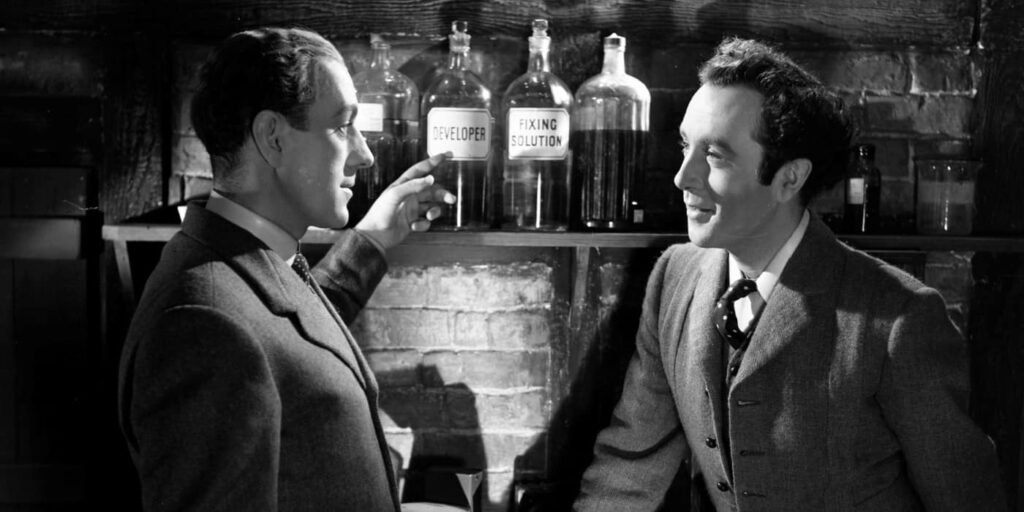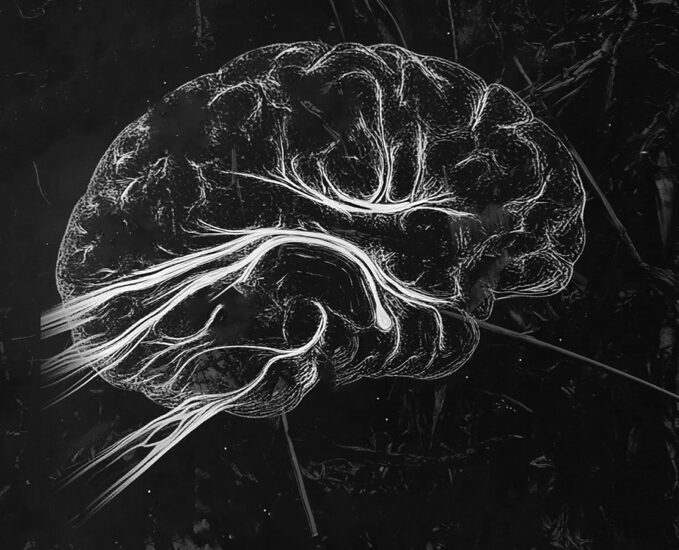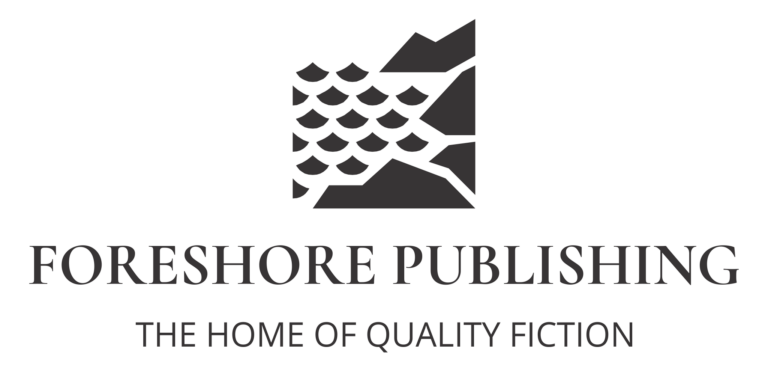
“I think that there’s a thread running through all my books and I don’t think that I’m alone in this: Who can you trust? : novelist Alison Jean Lester discusses ‘stepping out of the bubble,’ writers’ retreats, and her upcoming book, FLAX: The Legend of Tula. Interview by Betsy Robinson Main Photo by James Coleman on Unsplash How did you find the process of creating a whole new world? “I never imagined doing that. My writing so far has always been contemporary, and reality-based. Modern relationships. So, when I realised that this was the way the story needed to be written, I went with it, and it turned out to be one of the most wonderful experiences of my life. I love the world. I love Rakana. It required that I go to different parts of my mind. If I’m writing about a typically domestic situation, then I’m in a country that I know. I’m just drawing from a large area of experience. Whereas for this, I felt like I needed to be a funnel for anything in my life that was going to be relevant. I didn’t know where it was necessarily going to come from. So that was a very different feeling in my brain. And I’m pointing outwards, because that’s what it feels like, but of course it’s all inside. When I started writing this book, there was a walk that I would do through a flax farm. Normally, when I walk through a field, I think my thoughts. But when I walked through that farm, I was responding to the farm. From that came all of my questions. My mind flits around a lot, and it was really wonderful to have a place to go that was constantly changing and interesting, and I had to really observe.” How did you find writing new words? “Well, this kind of links to your question about how my life of living in many places and travelling a lot affected the writing. My experience in China was deeply formative; I went to live in China as an exchange student when I was 19 years old. It changed my life forever. I don’t know where my character Tula came from, but Lixut and Jenla and Yonghet came from fooling around with Chinese names. “After I thought about the book for a year, I did a retreat in Finland. I knew I wanted to be in a place where I did not know the culture, and I had to be observant, and I had to feel, because Tula has to leave her country. We were in the countryside of Finland and a lot of the farmers don’t speak English so it was a very quiet experience, which was perfect for me. I went down to the river one day, for the bit where I needed to write Tula waking up by the river. I went down to the river, and I lay down by a tree, and then, opened my eyes. And what was next to me? What were the flowers that were there? What was going on in the landscape? What is it like to wake up in a place like this? I’ve never slept by a river; I was able to engage with the landscape there. Finnish is not similar to very many languages. So, names like Eikala, that’s not a Finnish word, but it kind of sounds like one. “The artist retreat had communal studios, but I needed to write alone, and I was told “Well, we have this loft.” They opened this old door, and it was a big loft with creaky floors and interesting things stored in there, like sculptures and drawings and weaving materials, and then there was a window looking out on a river. And there was an old schoolroom desk. So, I sat at this little desk with a view of a river, and I just kind of received what wanted to be received, what could attach itself to the story.” Were you inspired by any real-world places or other fictional worlds? “When I lived in Japan, I had a friend who was a cloth dyer and an advisor for fashion brands. I was invited to a wedding, and I was pregnant with my second child, so I had nothing to wear. My friend made me a tunic, it was very simple, but it was absolutely beautiful. I bet that had an impact on the book: the undyed linen with my ‘Undyed’ characters. In terms of fictional places, I don’t generally read made-up worlds, other than Terry Pratchett. Although there is one book that probably gave me some courage, and that I’d highly recommend. It’s called Sharp Teeth by Toby Barlow. It is a story of modern-day werewolves in LA, and it’s a poem.” What would you say are the main themes of your new book? “I think that there’s a thread running through all my books and I don’t think that I’m alone in this: Who can you trust? That is the question and that is an eternal question, so we’ll all keep writing about it. In this case, it’s the Rakanans who haven’t questioned the situation and are just trusting. But when Tula steps out of the bubble, the question is ‘who can I trust?’ I think that’s a central theme. The book is a physical journey, as well as an emotional journey. “The writer Jim Cace read the beginning of my book and said, “I couldn’t help but read it as elevated prose rather than a story in verse. I see these as paragraphs rather than stanzas.” For me, it’s not an effort to be poetic. It’s an effort to guide the feeling, to guide the reading, and to make you pause when the moment deserves a pause, or to feel Tula hesitating as time is passing. The book is a lot about texture, but it’s also about the senses. “I hadn’t even thought that the book was YA (young adult

The English writer talks about the inspiration behind his novel, Blue-blooded Murder – the literary sequel to the 1949 Ealing Studios film Kind Hearts and Coronets. When considering the pantheon of British cinema and literature, certain figures tend to dominate the collective consciousness, yet others remain comparatively underrated. Robert Hamer, an accomplished filmmaker whose oeuvre is perhaps crowned by Kind Hearts and Coronets, is seldom invoked outside aficionado circles. Similarly, Roy Horniman, the author of the novel Israel Rank: The Autobiography of a Criminal, which served as the basis for Hamer’s film, is largely overlooked in mainstream narratives. Yet, what unites these two creators is their contribution to a darkly satirical exploration of class, morality, and individual ambition. Horniman’s novel, with its nuanced, witty and intelligent exploration of criminal psychology and societal critique, deserves recognition as foundational within the psychological crime tradition. Blue-blooded Murder extends this legacy, serving as a literary sequel that further interrogates the dark intersections of class, morality, and identity—an inspired homage to Horniman’s pioneering vision. “I read Horniman’s Israel Rank (on which the film’s screenplay is based) but, after that, found only repeated viewings of that gem of a film could be at all satisfying,” says Stuart. “I wanted more and then, at a time (2017) that I was toying with the idea of writing a crime novel with a ‘perfect murder’, it struck me that I could kill two birds with one stone by picking up the unresolved ending of the film where the serial killer Louis Mazzini, now Duke of Chalfont, has a final murder in mind: that of either his new wife Edith, or his mistress, Sibella.” Stuart describes Blue-blooded Murder as a homage to the film and, as such, the novel attempts to be true to those of the characters who reappear as well as echoing some of the incidents and scenes that like-minded fans will recognise. An exception is that of the eight characters played by the renowned English actor Alec Guinness. “Unfortunately, due to Mazzini’s successful culling of the d’Ascoyne family, there was no place for the masterful Guinness characterisation,” Stuart says. “But, as an alternative, other major characters do go in for a variety of colourful disguises. “As far as possible I wanted to keep the tone of the book a match to that of the screenplay of the film: amusing and sophisticated on the surface while dark deeds are being prosecuted. I also wanted the ‘perfect murder’ aspect to be as credible as could be and the plot to be fast-paced to satisfy the demands of the reader of the genre in the 21st century. Above all, I aimed for entertainment.” Tony Stuart has previously published Regarding The World (2000), a simplistic introduction to epistemology for 6th formers, and Writing Lines (2016), a collection of the picaresque escapades of a biology teacher at the fictional institution, Sixokes School. He keeps no pets but does have two children and a wife. He lives quietly in Kent. Tony Stuart’s novel Blue-blooded Murder will be published by RiverRun, an imprint of Foreshore Publishing, in paperback in May 2025. ON SALE: May 16th. Available now for pre-order.

Q&A: Bertie Beeching on his dystopian novel Dreamer’s Grid, an imaginative and surprisingly plausible narrative set in a post-apocalyptic world ravaged by an epidemic which erases joy that follows the inhabitants of a commune battling for survival. Their only hope lies in escaping the bleakness and emotional turmoil to a place known as the Grid, where rehabilitation through simulated dreams is possible. Congratulations on your debut novel, Dreamer’s Grid! You’ve set the story in a dystopian world – why did you choose this genre? I think the same reason that the genre resonates with both the tail end of the Millennial generation and also those generations that follow: the real world is always in a bit of permanent, potential doom. We’ve heard of the ‘scary stories’ of the World Wars or Nuclear Winter, and equally we’ve had semi-apocalypses like the spread of COVID, plus the news is constantly saying the environment is inches away from utter destruction. Many dystopian texts present characters that feel they are mostly powerless to do anything about such oncoming doom, and I sense these generations might relate to this as we watch world leaders pull out of climate agreements and suchlike. Dreamer’s Grid presents a future where humankind is reeling from a ‘virus’ that makes people suicidal – depression has become an epidemic. The protagonist Marly is so tired of life, to the point of almost letting a starving dog maul him in the opening pages of the story. What inspired you to explore such a powerful theme? I’ve already mentioned COVID (and there are influences), but it all started with Swine Flu. Again, it’s the sheer uncertainty of it all – both viruses made an awful lot of people panic even if no one they knew had actually had contracted it. In contrast, recent statistics suggest one in six people could have a mental health problem, and yet especially as a student I found it curious no one seemed bothered by this. The central crux of the novel has always been this: if depression could be as contagious as a virus, would more people start caring about it? As for the dog attack – surprisingly there is a sudden positive hidden within the violence, but you’d have to read and find out what that is… Marly only really has three close connections – a father figure in Rev, an old priest who lives on the outskirts of the village; Juwel, a close friend who saves Marly from the dog attack at the beginning of the story and Clotwell, Marly’s teacher. Can you tell us something about the developing relationship between these characters and what you think each of them brings to the story? Rev finds Marly as an infant, and so there is a sort of pseudo-biological trust there, but it also brings Marly to one of his first dilemmas – Rev is essentially one of the founders of the village where the story is set, yet time has made him an outsider, so whenever Marly visits this place of familiarity and safety, he risks isolating himself. Naturally, his life-long friend, Juwel, would not likely leave him entirely shunned, but it is partially due to something Juwel did in the past that helps convince Marly to leave the village later in the story. Then, Clotwell. The name is symbolic in that disgusting English-teacher way. While Rev talks philosophy and Juwel talks about life before societal collapse, Clotwell gives more pragmatic advice that tends to address issues quickly – such as how it is not a good idea for Marly to hide alone in a dark corner just as a cohort of female pupils are led past him. I expect people will notice that Marly does not have much variety in the way of female role models, but this too becomes quite an important quality in the wider story. Dreamer’s Grid is, if not exclusively, aimed at Young Adults. There are elements of sci-fi and modern technology alongside important themes of food poverty – they all live in a post-apocalyptic commune, where life revolves around the endless farm work needed to feed the village without unnecessary starvation – mental illness, friendship, loyalty and betrayal – can you offer any tips to teachers on how to use your book to discuss these issues? God forbid it end up in a classroom! I suppose much discussion could be had by simply reading it and asking ‘which issues or anxieties can you [the pupils] see appearing that you’ve also thought about?’ or perhaps more simply just asking ‘why did that happen?’ When the dog is preparing to attack Marly, the thought crosses his mind that ‘a dog has to eat too,’ and so we can ask what would need to happen to a human being for them to think in this morbid way. This is, after all, the world they might be inheriting one day. How long did it take to write Dreamer’s Grid, and what does your writing process look like? Do you type or write in longhand? How many drafts did you go through before submitting the final version? Ah, yes. The mildly embarrassing question! If we can somehow spin this into a tale of resilience (rather than procrastination), I think it truly began around 2015 thanks to some kind words from an English teacher, when I first wrote down ‘would people care about mental illness if you could catch it?’ That, and a number of statistics I had read regarding suicide in young people, quickly became the opening lines of the stranger who announces ‘The Grid’ to Marly’s village. I then thought I should probably practise and learn a little more about writing – thank you, [University of] Nottingham – and so in reality the ‘real’ writing started closer to 2019. As for the process, I tend to carry a notebook around with me everywhere, and buy a fresh one each year. First drafts usually go on paper, and then as I type them up I




